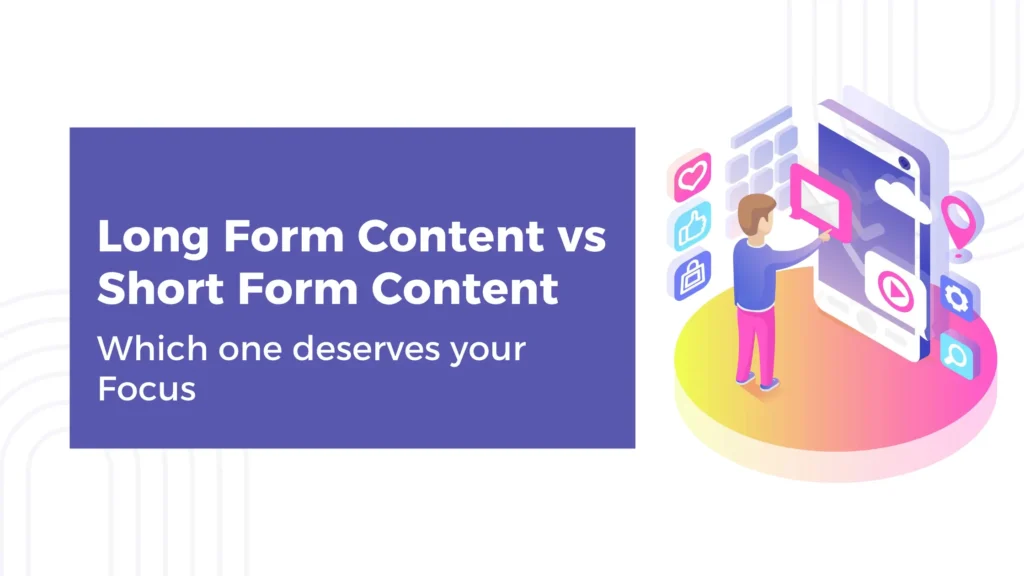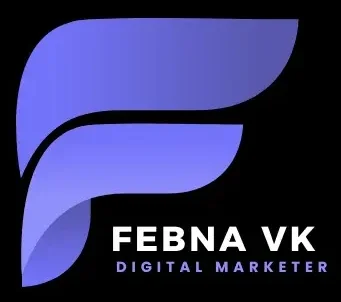
In today’s digital world, everyone—from brands to solo creators—is trying to figure out the same thing: Should I focus on long-form content or short-form content? With attention spans shrinking and platforms pushing quick, snackable posts, it’s easy to assume short content always wins. But long-form content continues to dominate search engines, build authority, and convert better.
So which one should you prioritize? The answer isn’t as simple as picking one. It depends on your goals, your audience, and how you want to position your brand. Let’s break it down in a way that helps you make the right decision for your content strategy.
Understanding Long-Form Content
Long-form content includes blogs, in-depth guides, newsletters, YouTube videos, case studies, and white whitepapers. This type of content provides depth, answers detailed questions, and positions you as an expert. Brands use long-form content to educate, build trust, and convert readers into loyal clients.
Think of long-form content as the place where your audience comes to learn, think, and make informed decisions. For example, a 1500-word blog on “Local SEO Strategies” not only educates but also helps your website rank higher on Google. People searching for solutions spend more time consuming long-form content because it offers real value.
In simple terms, long-form content is ideal when you want someone to stay, understand, and remember you.
Understanding Short-Form Content
Short-form content includes reels, TikToks, short captions, bite-sized carousels, quotes, or quick posts on LinkedIn or Instagram. These pieces are designed to grab attention fast. They are easy to consume, easy to share, and perfect for building visibility on social platforms.
Short-form content works because it fits into people’s daily scrolling habits. A ten-second reel can reach thousands of viewers within hours. A simple tweet can spark conversations instantly. It’s fast, engaging, and gives your brand the opportunity to remain active in your audience’s mind.
In short, short-form content keeps you visible and relevant.
Which One Should You Prioritize?
The real question is not whether long-form or short-form is better. The question is: What do you want your content to achieve?
If your goal is to build authority, rank organically, or nurture your audience, long-form content should be your priority. Search engines reward depth and expertise, and audiences trust brands that take time to explain and educate.
But if your goal is to grow fast, reach new people, test ideas, or stay part of trending conversations, short-form content is essential. It creates attention, sparks engagement, and brings new viewers into your world.
The most successful brands blend both formats strategically.
A Realistic Example
Imagine you are a digital marketer wanting to attract clients.
Your long-form content might be
• A detailed blog on “How Meta Ads Help Local Businesses Grow”
• A YouTube tutorial on “Building a High-Performing Content Strategy”
• A newsletter breaking down the latest algorithm update
These build trust and show expertise.
Your short-form content might be:
• A reel explaining a quick tip
• A carousel summarizing the blog
• A short LinkedIn insight about a recent campaign result
These bring new people to your long-form content. When combined, you attract, educate, and convert—without relying too heavily on one approach.
Why You Need Both Formats
Both content types play very different but equally important roles.
Short form grabs attention.
Long-form holds attention.
Short-form sparks curiosity.
Long-form satisfies curiosity.
Short-form brings people in.
Long-form keeps them coming back.
When you treat short-form as the “hook” and long-form as the “depth,” your content strategy becomes stronger and more balanced.
The Smart Choice is a Balanced One
You don’t need to choose between long-form and short-form content. You need a strategy that uses both wisely. Short-form helps you reach more people quickly, while long-form helps you connect, educate, and convert them. Together, they create a complete ecosystem that supports your growth across platforms.
Start with whichever format feels natural to you, then slowly integrate the other. Over time, you’ll notice that your content becomes more impactful, more visible, and more meaningful to your audience.
Author Info : Febna VK
